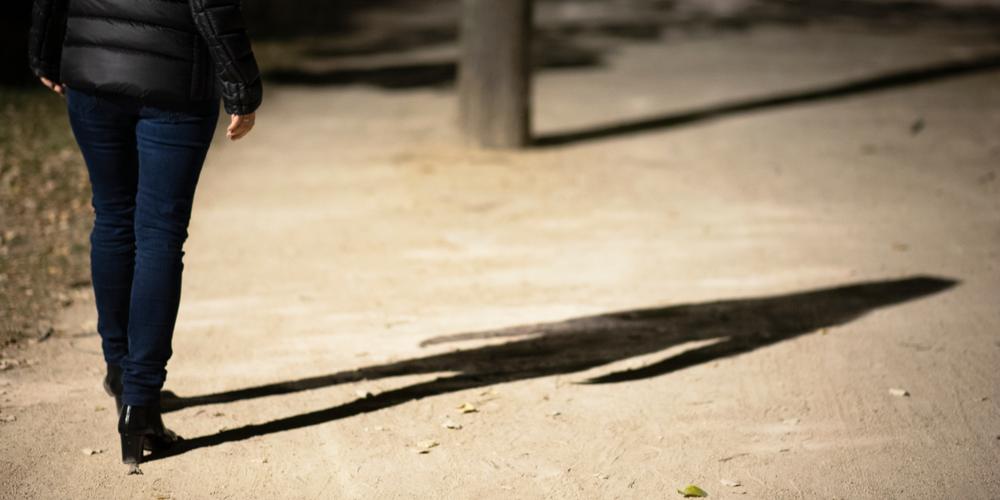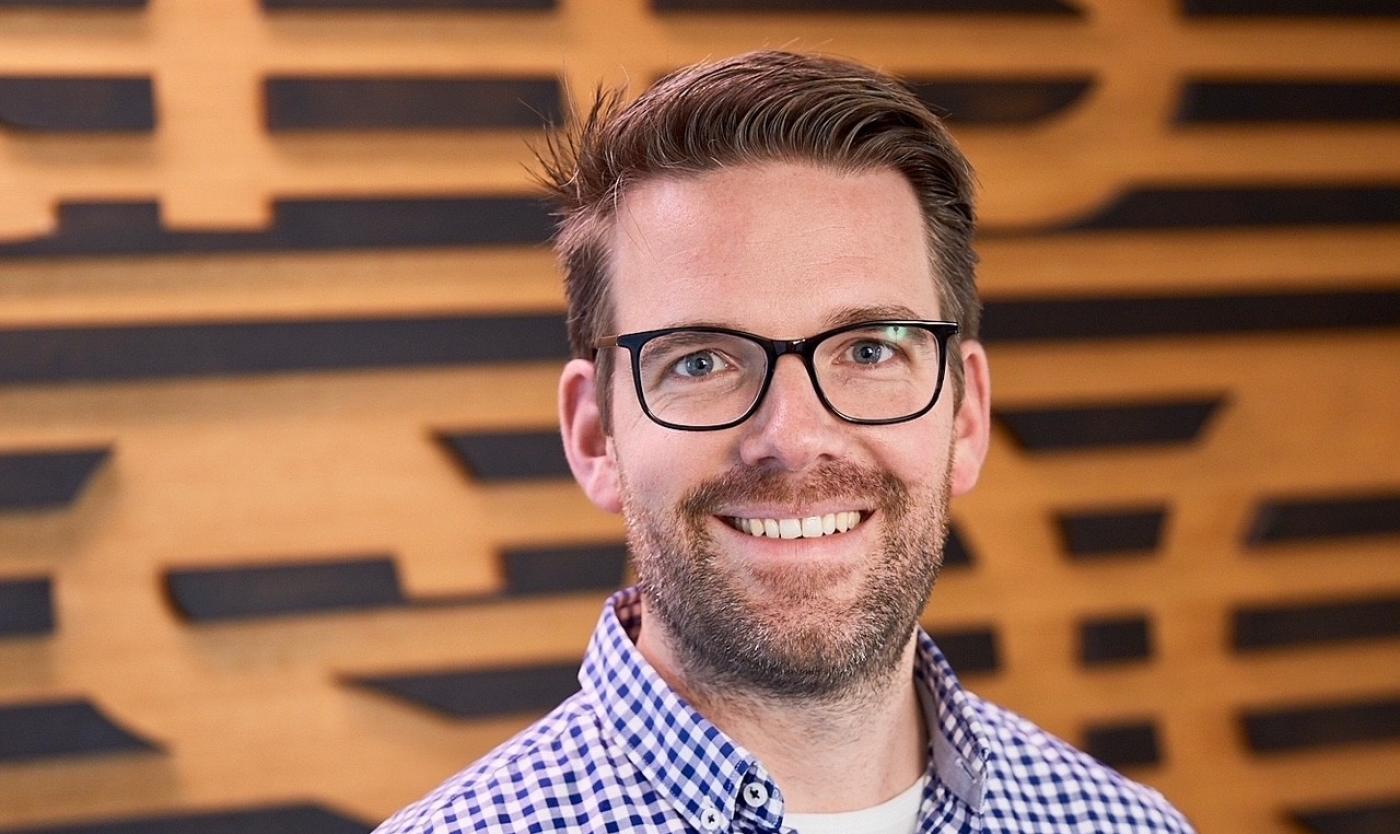
Two-thirds of women in Brussels regularly feel unsafe at night. More than 75% avoid certain streets, take longer routes, or get off the metro one stop earlier or later. “The impact on women’s daily lives is significant,” says VUB researcher Petrus te Braak. Together with Professor Theun Pieter van Tienoven, he is working on an innovative citizen science project: the MOMENT GPS app, which maps where, when, and why women feel unsafe in Brussels. Following an initial test on the VUB campus, the official rollout across Brussels is set for early 2026.
Want to try it yourself on the VUB campus? Download the MOMENT GPS app via
Google Play Apple App Store.
Why This Research Matters
“Brussels — and Belgium — rank among the top 10 places in the world where the gap in perceived safety between men and women is the widest,” says Te Braak, researcher on the MOMENT GPS study, part of the TOR research group at the Brussels Institute for Social and Population Studies (BRISPO). “If we want to make public spaces safer and more accessible, we need to start with the group that feels most restricted: women.
”Despite widespread public outrage following high-profile incidents, structural solutions remain lacking. “Existing research also falls short. Cities typically conduct surveys every few years asking residents how (un)safe they felt over the past three months. But such figures reveal little about the causes — let alone offer practical solutions.”
Other studies focus on reported incidents. “But smaller incidents are rarely reported these days,” adds research supervisor Van Tienoven. “For many women, feeling unsafe is simply part of daily life. It’s a troubling development that this project aims to highlight — and tackle.”

Petrus Te Braak
Mapping Unsafe Areas
The VUB team began with a literature review of over 400 academic articles on women’s perceptions of safety. “One clear finding is that time plays a crucial role,” says Te Braak. “Take the area around Brussels North Station: between 7 and 9am and from 3 to 7pm, it feels relatively safe. But outside rush hours and at weekends, the area is taken over by loitering youths, drug activity, and prostitution.”In focus groups, the researchers explored these kinds of experiences in greater depth. This led to the identification of around 120 locations across Brussels — from parks that feel safe during the day but change atmosphere at dusk, to more complex neighbourhoods with shifting dynamics.
“An interesting example is the L28 Park near Tour & Taxis,” Te Braak explains. “Under the bridge, there’s a set of outdoor fitness equipment where groups of young men gather from early in the morning. Next to it runs a narrow path linking the canal district with Belgica and Bockstael. It’s one of the locations most frequently flagged as unsafe. You get catcalled, there’s nowhere to go, and people could jump out from the bushes... Simply removing the equipment would be a quick win.”
Public squares known for drug-related crime also emerged during the research. “Take Bethlehem Square, for example — during the day it’s a play area for children, but after school hours it’s taken over by drug dealers. These spots attract a lot of attention from the Brussels regional government. But interestingly, if you set aside the drug issue, they actually feel relatively safe: they’re clean, with clear sightlines — after all, dealers need to be able to make a quick getaway.”
The situation is very different around Brussels North Station and in parts of Kuregem. “There, multiple problems come together: loitering youths, litter, drugs, poor visibility, and parked cars you could be dragged into... There may be less serious crime occurring, which means they get less attention. But because of the combination of risk factors, these areas feel particularly unsafe.”

Theun Pieter Van Tienhove
How Does the App Work?
“With the MOMENT GPS app, we want to measure not just where women feel unsafe, but also when and why,” explains Van Tienoven. Users install the app and give permission for location tracking. “When someone enters a relevant area at a relevant time, the app asks: how safe do you feel, and what factors are influencing that feeling? So participants don’t have to constantly report things themselves. The app takes the initiative and only prompts them when the right time and location coincide. After four weeks, users automatically exit the study.” The project is an example of experience sampling. “As far as we know, this is the first study to use both time and location as criteria for triggering survey questions. We’re applying it to safety, but the same method could be useful for researching other topics too.”
From Campus Test Phase to Brussels Rollout
Since May, a test phase has been running on the VUB campus in Etterbeek. “Unfortunately, the response has been limited,” says Te Braak. “App fatigue plays a role. On top of that, most VUB students and staff don’t feel unsafe on campus. Only a small subgroup — those who use the campus differently, for instance during student parties — reported occasionally feeling unsafe. Once again, this confirms how crucial timing is.” The next step is launching the app to the wider public. “We’re planning to roll it out in Brussels in January 2026,” says Van Tienoven. “Through local action groups and media attention, we hope to generate enough support.” How quickly the results come in depends on participation. “May 2026 would be ideal,” Van Tienoven adds. “But we’ll need enough data to draw meaningful conclusions. In the first phase, we’ll cast the net wide and gather broad data; after that comes in-depth analysis and public debate.”
“Our project aims to make safety issues visible and offer practical tools to address them.”
By and For Citizens
This project was deliberately designed as a citizen science initiative. “That means citizens help shape it (through focus groups), carry it out (by generating data via the app), and give it value,” explains Van Tienoven. “Once we’ve gathered enough data, we’ll return it to the people through a public dashboard that shows, in real time, how safe or unsafe different locations feel. Citizens can use that information to lobby local authorities for changes to public spaces — such as better lighting, more greenery, or redesigns.”
Or even more powerfully: they can use those insights to launch their own initiatives to improve safety in their neighbourhoods. “Policy change at higher levels often takes time,” Van Tienoven notes.
Change is possible, as the example of Grisardplein in Kuregem shows. While the surrounding area struggles with drug crime and street litter, the square itself stands out as remarkably well-kept. “A group of residents took matters into their own hands — they planted greenery, cleaned up graffiti, pick up litter daily, and organise community events,” says Te Braak. “The square has come back to life. My hypothesis is that this kind of approach works better than repression — though we don’t yet have data to prove it. Our project aims to make safety issues visible and offer practical tools for change.”
What Do Students Think of the MOMENT App?
During the test phase on the VUB campus, several students tried out the app. Their feedback shows both enthusiasm and critical reflection.
Noor, Master’s student in Interpreting
“The questions were clear and easy to answer. Because the options are pre-set, it goes quickly. I joined in because it didn’t take much effort, and you know it’s for a good cause — making the VUB safer. If enough people take part and the data is actually used, the app could definitely have a positive impact. For me, better lighting is the most important and achievable measure. I usually feel safe on campus, but in central Brussels, I think this kind of app could really make a difference.”
Laura, Master’s student in Bioscience Engineering
“I don’t really see how an app like this helps. If you’re feeling unsafe, you’re not going to stop and answer questions. For many people, the barrier is too high: downloading the app, sharing your location, enabling notifications... I’ve never felt unsafe on campus, not even in the evenings. I think better lighting is far more important. It makes more sense to use the app directly in Brussels — especially in the city centre, where the need is greater.”